Key Summary
- Amazon AOV (Average Order Value) represents the average dollar amount spent per order and is calculated as Total Revenue ÷ Number of Orders. It’s one of the three key growth levers alongside traffic and conversion rate. 💰
- Benchmarks vary widely by category: Amazon’s overall AOV in the U.S. hovers around $52, but categories like Beauty and Pet Care often trend higher, while luxury and furniture reach into the hundreds. 📊
- Trends over time show steady growth, with notable spikes during events like the pandemic and inflationary years, making it important to track AOV in context. 📈
- Comparisons across platforms reveal Amazon’s AOV is lower than DTC sites like Shopify but higher than eBay, highlighting the importance of merchandising strategies to boost basket size. 🔍
- Why it matters: Increasing AOV helps sellers offset fixed fees, improve ad efficiency, strengthen Buy Box competitiveness, and make smarter decisions on pricing, inventory, and scaling. ⚡
- Proven strategies to raise AOV include: virtual bundles, multi-buy tiered discounts, Subscribe & Save optimization, variations and multi-packs, A+ comparison charts, improved visuals, and defensive product-targeting ads. These tactics encourage shoppers to add more items or upgrade to higher-value products. 🚀
What is Amazon Average Order Value and How to Calculate it

Source: Pexels
Amazon AOV is the average amount spent per order across your ASINs during a given time period. It goes beyond total revenue, showing how much value each customer transaction contributes to your business.
Formula:
AOV = Total Revenue ÷ Number of Orders.
For example, if your store generated $15,000 from 300 orders in 30 days, your AOV would be $50. You can calculate this inside Seller Central by combining data from Business Reports (Ordered Product Sales) with the Orders report for the same period. Tracking this baseline allows you to measure the impact of tactics like bundles, promotions, or multi‑packs over time.
But why does AOV matter? Because it gives a sharper view of buyer behavior than revenue alone. It reveals whether shoppers are adding multiple units or upgrading to higher‑priced items, and connects directly to profitability, ad efficiency, and inventory planning.
Quick note: Many analytics tools also highlight a “True AOV” that focuses on product revenue only (excluding shipping and taxes). This version provides the most accurate comparison across platforms and helps you evaluate real product performance.
Benchmarks – What’s the Ideal Amazon Average Order Value?
Before you set growth targets, it’s essential to understand how your AOV compares to industry standards. Benchmarks provide context by showing where your brand stands within its category and against other ecommerce platforms. While these numbers should not be seen as hard goals, they help sellers calibrate expectations and identify opportunities to outperform competitors.

Source: Sellerapp
Ideal average order value by category:
- Luxury & Jewelry – $330 to $436
- Home & Furniture – $248 to $339
- Consumer Goods – $123 to $237
- Fashion / Apparel – $118 to $196
- Food & Beverage – $111 to $125
- Beauty & Personal Care – $71 to $77
- Pet Care – $76 to $117
- Electrical / Commercial Equipment – $188
- Health & Wellbeing – $54
- Toys / Games / Collectibles – $101
- Arts & Crafts – $136
- Baby & Child – $248
- Cars & Motorcycling – $226
- Home Accessories / Giftware – $99
- Kitchen & Home Appliances – $62
Amazon AOV Over Time
Understanding how Amazon’s AOV has shifted over the years helps sellers put current performance in perspective. Fluctuations often tie back to major events such as the pandemic, supply‑chain disruptions, inflation, and evolving Prime benefits. By studying this timeline, you can see how external forces influence shopper behavior and use that knowledge to plan more resilient strategies.

Source: Red Stag Fulfillment
Yearly Average Order Value & Key Drivers
- 2019 – $47 as the pre-pandemic baseline.
- 2020 – $51 due to a boost from COVID-19 with bulk buying trends.
- 2021 – $53 driven by Prime expansion and supply chain cost increases.
- 2022 – $54 influenced by inflationary pressures and a shift toward premium products.
- 2023 – $51 reflecting market correction and economic normalization.
- 2024 – $52 showing steady growth supported by product bundling strategies.
- 2025 – $52–$55 projected with gradual growth ahead.
Amazon AOV vs Other E‑Commerce Websites
To truly understand how Amazon’s performance stacks up, it helps to compare its AOV with other major ecommerce platforms. Each marketplace has its own product mix, pricing models, and customer behaviors that influence basket size. This comparison gives Amazon sellers valuable context: while Amazon’s AOV may look modest, the right strategies can close the gap and even turn it into a competitive advantage.
|
Platform |
AOV |
Implication |
|
Amazon |
$52 |
“Everything store” breadth suppresses ticket; win with bundles & multi‑buy |
|
Walmart.com |
$68 |
Grocery and household bulk orders |
|
Target.com |
$63 |
Higher‑intent, curated assortment |
|
Shopify (avg.) |
$115 |
Specialized DTC brands, premium pricing |
|
eBay |
$45 |
Mixed liquidation/used |
If you’re analyzing AOV trends across different Amazon shopping experiences, it’s also worth understanding how grocery buyers behave on Amazon. Basket size, order frequency, and product mix vary significantly between Amazon’s grocery channels. For a deeper breakdown of how shoppers spend across the two, see our comparison of Amazon Fresh vs. Whole Foods Market.
How Average Order Value (AOV) Impacts Amazon Sellers
Average Order Value directly shapes the health of your Amazon business. By understanding its effects, you can better manage costs, improve advertising efficiency, and make smarter growth decisions. AOV influences everything from how much you can spend to acquire a customer, to how confidently you can expand your product line. Below are the key ways it impacts sellers:
- You Make More Money from the Same Customers. Each incremental dollar/order compounds revenue without buying more traffic.
- Higher AOV Reduces the Impact of Seller Fees. Per‑order fixed components (e.g., FBA pick/pack, referral minimums) consume a smaller percentage as the ticket rises.
- AOV Boosts Ad Performance. With more revenue/orders, you can tolerate higher CPCs at the same margin target.
- Unlocks Bundling and Upselling Strategies. Larger baskets validate bundles, multi‑packs, and tiered promotions.
- AOV Strengthens Buy Box Competitiveness. Better margin → consistent pricing and faster shipping options.
- AOV Shapes Your Business Decisions.
- Customer Acquisition: Clear AOV sets your max PPC spend/order while staying profitable.
- Pricing Strategy: If bundles/upsells don’t lift AOV, the offer isn’t compelling.
- Inventory Planning: Rising AOV (more units/order) signals future FBA needs.
- Profitability & ROI: Higher AOV lowers the weight of fixed costs.
- Scaling Decisions: Healthy AOV supports testing DSP, adding SKUs, and external traffic.
Factors and Common Pitfalls that Affect Amazon AOV
Raising your Average Order Value requires more than adding bundles or discounts. It also means understanding the underlying factors that influence buyer behavior. Sellers often overlook these variables, which can either strengthen or undermine AOV if not managed carefully. Below are the most common elements and pitfalls that every Amazon brand should watch out for:
Product & Pricing Structure
- Clear good/better/best tiers with a premium anchor help guide shoppers toward higher-value options by making the upgrade path obvious.
- Thoughtful multi-pack architecture (1/3/5) encourages buyers to select larger packs when the price-per-unit savings are transparent.
- Avoid over-discounting that drives unit sales but lowers blended AOV and margins over time.
- Highlight value per use in listings so customers see why paying slightly more upfront is worthwhile.
- Continuously test pricing; don’t assume a higher price automatically reduces conversion, as strong branding and value cues can sustain sales.
Bundling & Product Mix
- Create solution bundles that solve a complete need (e.g., shampoo + conditioner + mask), which naturally increases basket size.
- Use Virtual Bundles for brand-registered FBA products to cross-sell without holding separate bundled inventory.
Promotions & Discount Mechanics
- Use tiered percentage-off promos (“Buy 2, Save 10%; Buy 3, Save 15%”) to nudge customers toward larger orders.
- Reserve coupons for boosting click-through rates, while relying on Promotions for order-value thresholds and sustained AOV growth.
Personalization & Recommendation Engines
- Leverage A+ comparison tables and “related items” to cross-sell within your own catalog and prevent shoppers from jumping to competitors.
UX, Navigation & Product Data Quality
- Crisp visuals, lifestyle photos, and structured bullets help establish trust and perceived value, making customers more comfortable buying higher-ticket or multi-pack items.
Customer Demographics
- Align promotions and bundles with buyer behavior: bulk shoppers respond to savings on large packs, while casual shoppers may prefer curated starter kits.
Seasonality
- Expect AOV spikes on Prime Day, holidays, and seasonal events when shoppers are already primed to spend more. Plan your bundles and promotions ahead of these peaks to maximize order value.
Strategies to Increase your Amazon AOV
Boosting your Average Order Value on Amazon isn’t about a single trick. It's about consistently encouraging customers to see more value in every purchase. Some of the most effective methods include:
- Sell Premium or Limited Editions to create natural upsells.
- Multi-Buy Tiered Discounts that reward larger orders.
- Virtual Bundles and Subscribe & Save to encourage multi-item purchases.
- Variations and Multi-Packs priced for per-unit savings.
- A+ Comparison Charts and Improved Product Photos to highlight value.
- Product-Targeting Ads and Storefront Collections to cross-sell and upsell.
- Free-Shipping Thresholds (for FBM sellers) to nudge bigger baskets.
These strategies work best when tested and optimized over time. For a deep dive into each of the strategies (plus a bonus), check out our full article on How to Increase Your Amazon AOV.
Master AOV and Other Key Metrics to Advance Your Brand
AOV is more than a metric. It's a lever that connects catalog design, pricing, and advertising. On Amazon, where baskets often trend small, brands that strategically increase order value through bundles, variations, and tiered promotions consistently gain stronger margins and a healthier bottom line. Start by identifying your baseline AOV, test 2 to 3 tactics outlined above, and scale the approaches that lift AOV, conversion rate, and contribution margin together.
If you’re ready to master key seller metrics like AOV and use them to advance your brand performance, reach out to beBOLD Digital. Our team helps Amazon and Walmart sellers implement data‑driven strategies that grow revenue, improve efficiency, and unlock scalable success.
Frequently Asked Questions
What is the minimum order value required to place an order on Amazon?
There’s no universal minimum, but non‑Prime free shipping usually requires a threshold (commonly ~$35 in the U.S.). Always verify at checkout.
What does the Amazon order number mean?
The Order ID (e.g., 111‑1234567‑1234567) is the unique purchase reference. Use it with Amazon support; tracking numbers are separate.
How much does the average seller on Amazon make?
Estimates vary, but many sellers report $1k–$25k/month in sales, with margins often in the 10–30% range.
How do I get a first order on Amazon? I have listed items but not received orders yet.
- Optimize listings (titles, bullets, images, A+).
- Run Sponsored Products ads on key terms.
- Add coupons for CTR and tiered promos for volume.
- Ensure Prime eligibility (FBA/SFP).
How often should I monitor my Amazon AOV?
Check weekly during tests and monthly for trend health. Pair with CVR, TACoS, and margin to avoid chasing AOV at the expense of profit.
Is Amazon AOV different from Customer Lifetime Value (CLV or LTV)?
Yes. AOV is per order, while CLV is total projected revenue/profit per customer. Both are complementary KPIs.
Can external traffic campaigns influence my AOV?
Yes. External audiences can yield different basket sizes. Track AOV by campaign and steer traffic to storefront bundles/collections for higher order value.


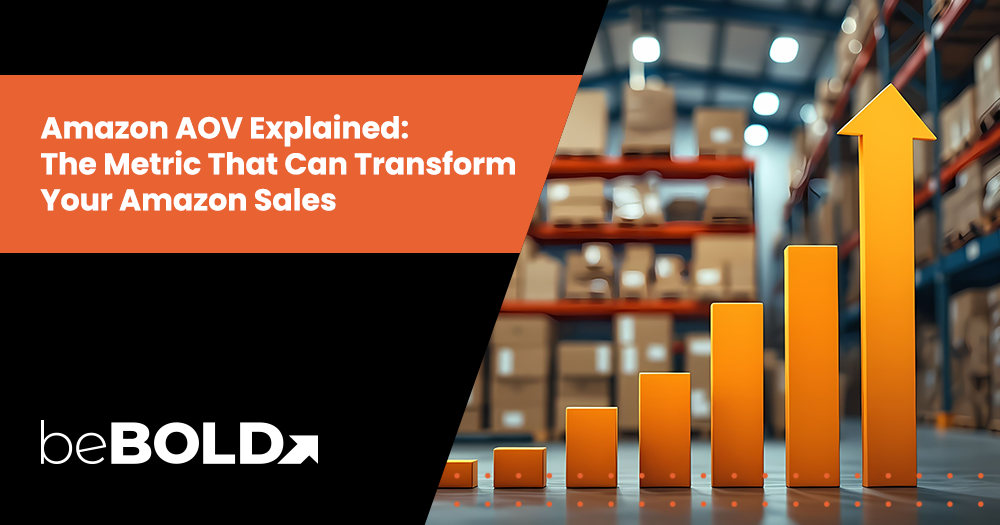

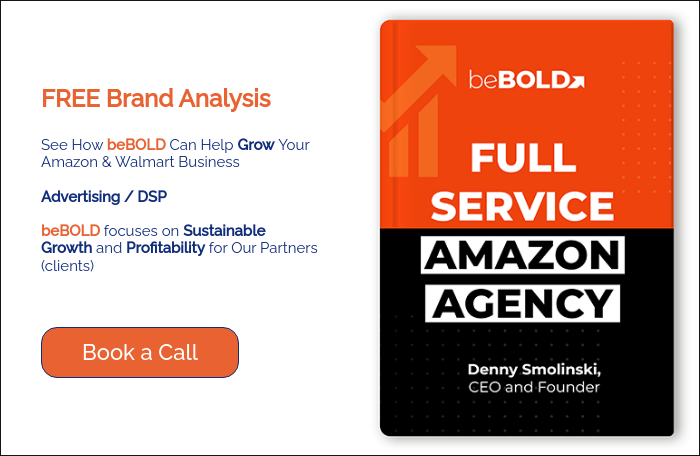


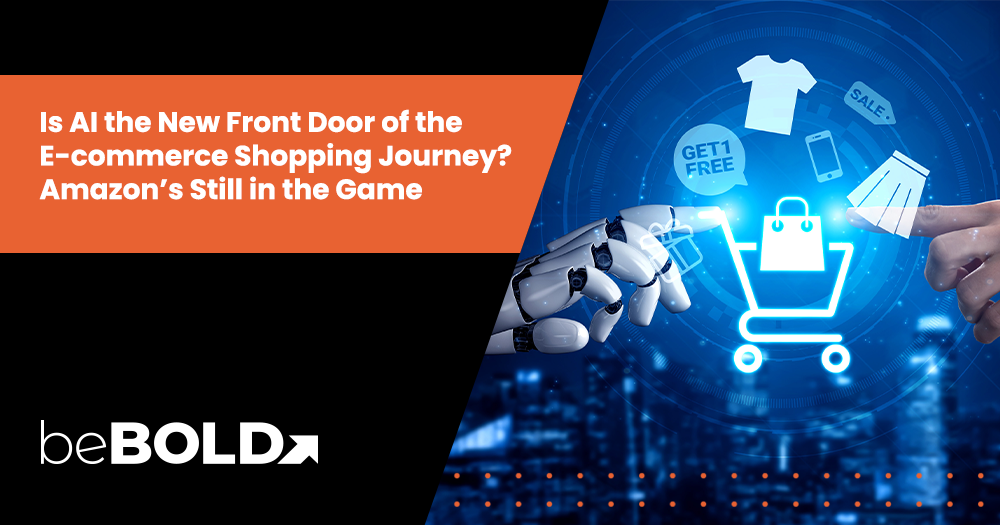
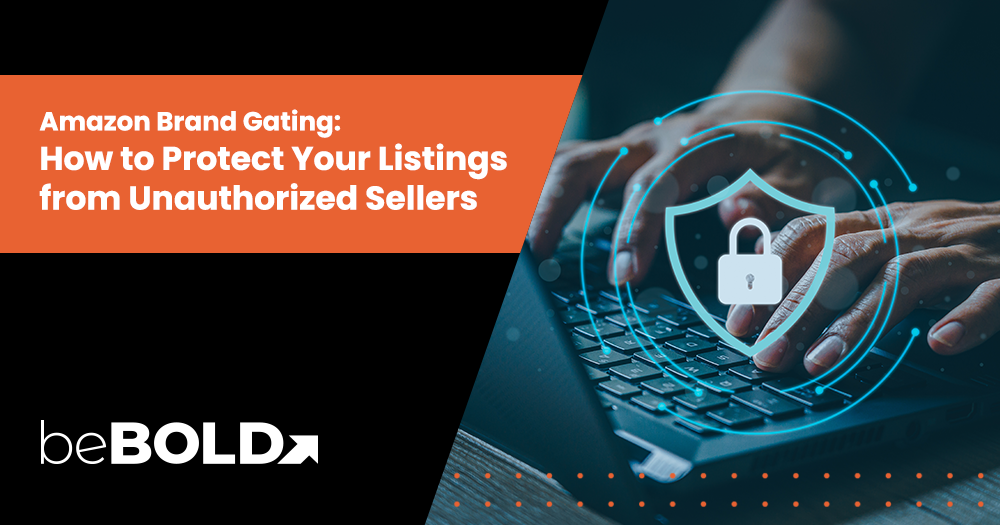
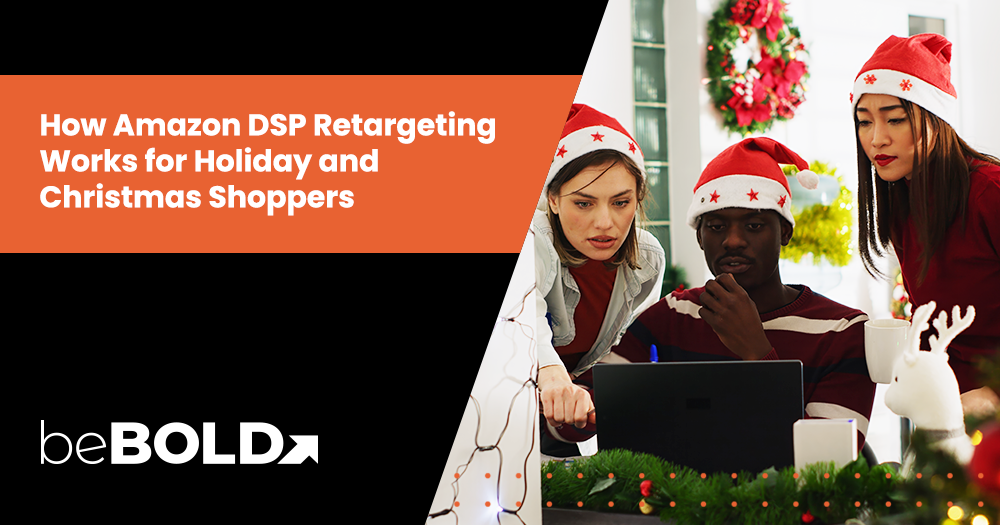
Comments